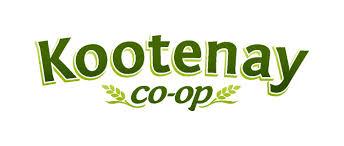
One of the most under-appreciated responses to this concentration of wealth and power were the hundreds of communities that organized themselves to take back control of their local economies and food supply. They did this by forming food buying groups and retail food co-ops. The first wave of these consumer-owned stores emerged in the Depression era, but it wasn’t until the early 1970s and a new wave of community-owned grocery stores did the inspiring food co-op movement of today really take shape. These co-ops were primarily focused on sourcing organic foods and exercised their collective buying power to keep prices low for their member-owners.
Here in B.C., the most organized of these efforts was Fed-Up Co-operative Wholesale, formed in 1972 by the CRS Workers’ Co-op. By 1973, Fed-Up was providing wholesaling services to 50 pre-order food co-ops operating throughout the province. In the U.S., efforts were more widespread, with buying groups and formal co-ops mushrooming across the country. The Minneapolis-St. Paul area was a hotbed of co-op activity, and today has become home to about 13 food co-ops, many of which operate multiple locations. Back in B.C., two of those early co-ops in particular stood the test of time and today are known as the East End Food Co-op in Vancouver and the Kootenay Co-op in Nelson. Both co-ops are 42 years old.
Go to the GEO front page

Add new comment